The digital age has transformed how we live and work, connecting us like never before and unlocking new levels of efficiency. From chatting with friends to running a business, digital tech has become woven into our daily routines. But this convenience comes with major risks - the more we depend on digital systems, the more we need top-notch cybersecurity to protect them.
As we enjoy the perks of new technologies, we can't ignore the evolving threats that tag along. A particularly concerning area is the rise of artificial intelligence (AI) and its intersection with cybersecurity breaches. AI is a double-edged sword - it strengthens our defenses, but skilled hackers can also weaponize it to unleash devastatingly sophisticated attacks on even the most secure systems.
The emergence of AI for malicious use creates a new breed of threats we need to get ahead of. At the same time, AI provides powerful capabilities to fortify our cyber defenses when leveraged responsibly. Striking the right balance and managing these opposing dynamics will be crucial going forward. Organizations must stay vigilant, proactively harnessing AI's potential while shielding against its misuse by cybercriminals.
The Growing Threat Landscape
Cybercriminals are going all-in on leveraging AI for malicious purposes, introducing a new breed of sophisticated attacks. A major threat is AI-powered malware that can morph its code to bypass traditional security defenses. This intelligent malware can propagate rapidly through networks, leading to widespread disruption and major data breaches before countermeasures can be implemented.
Exacerbating the risk, AI enables highly convincing social engineering attacks like spear-phishing campaigns. By processing enormous datasets, AI systems can craft hyper-personalized phishing lures designed to manipulate unwary individuals into divulging credentials or granting unauthorized access. Even tech-savvy users can fall victim to these AI-enhanced schemes.
However, the perils don't end there. AI systems themselves face compromise through techniques like data poisoning, where adversaries inject malicious inputs during the training phase. This insidious tactic can result in flawed decision-making that fails to detect threats or, even worse, misidentifies malware as benign.
Alarmingly, threat actors may attempt to steal the underlying AI models powering security solutions. Whether through cyber attacks or exploiting vulnerabilities during deployment, obtaining these models grants attackers insights into the AI's decision logic, allowing them to pinpoint blindspots to circumvent defenses. This could potentially cripple an organization's AI-driven security posture.
While AI unlocks new frontiers in cyber defense through advanced threat detection and automated response capabilities, malicious actors work relentlessly to subvert this powerful technology. Protecting the integrity of AI systems has become paramount to maintain robust security in this evolving landscape.
AI as a Powerful Defender
While AI introduces new cyber threats, it's also an incredibly potent tool for strengthening our defenses. AI-driven security systems can process immense amounts of data in real-time, spotting patterns and anomalies that could signal an impending attack. This heightened threat detection allows for far quicker response times, minimizing breach impact and preventing further damage.
AI can even automate the incident response process by leveraging machine learning to adapt defense strategies on the fly. This continuous refinement helps organizations stay a step ahead of ever-evolving cyber threats. No more waiting for manual software updates - the AI handles it autonomously.
But AI's defensive capabilities extend far beyond just detection and response. Continuously monitoring network traffic, system logs, and user activity, AI solutions can proactively identify vulnerabilities before attackers have a chance to exploit them. Instead of reacting to breaches, predictive AI analytics forecast potential threats, enabling you to bake in preventive measures from the start.
Looking ahead, we can expect AI to evolve into fully autonomous cybersecurity systems. Leveraging the latest machine learning and deep learning, these AI guardians will independently detect, analyze, and neutralize threats with cutting-edge speed and accuracy. The sophistication of these defenses will outpace even the wiliest cyber adversaries.
The future looks incredibly promising for AI as a force-multiplier in cyber defense. But as these capabilities grow, we must ensure they remain in the right hands through responsible development and robust governance. Ethical, transparent, and accountable AI will be key.
GFI's AI Solutions
The cybersecurity game is constantly evolving, with new threats emerging all the time. That's why at GFI Software, we've made it a priority to stay ahead of the curve by integrating artificial intelligence into our product lineup. We recognize AI's immense potential to bolster security capabilities and give our customers a decisive edge against bad actors.
One area where we're leveraging AI is on the email security front. GFI MailEssentials includes an AI CoPilot that automates complex compliance tasks just by describing them in plain language. It then continuously adapts these protections to stay one step ahead of evolving email threats.
We're infusing AI with the goal of empowering more proactive, adaptive cybersecurity and IT management. At GFI, we truly believe AI is a game-changer for getting ahead of risks and redefining business resilience in today's dynamic threat landscape.
While AI cyber threats are a harsh reality, we're committed to turning that sword and wielding it as a powerful defensive tool to protect our customers. Our AI-driven solutions equip teams to rapidly adapt and fortify their security posture against ever-evolving attack vectors. We'll keep pushing boundaries to ensure you always have a decisive edge.
Related Posts
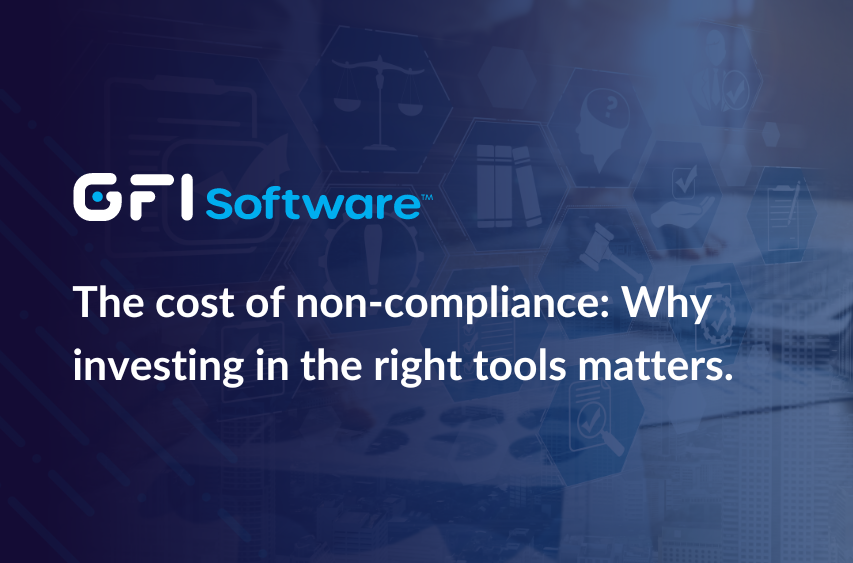
Aug 1, 2024
The cost of non-compliance: Why investing in the right tools matters.
Explore the true impact of non-compliance on businesses and the importance of investing in appropriate tools. This article examines the costs beyond fines, common compliance challenges, and how the right software can help. Learn about essential features in compliance tools and discover how GFI Software's solutions can assist in meeting regulatory requirements efficiently.
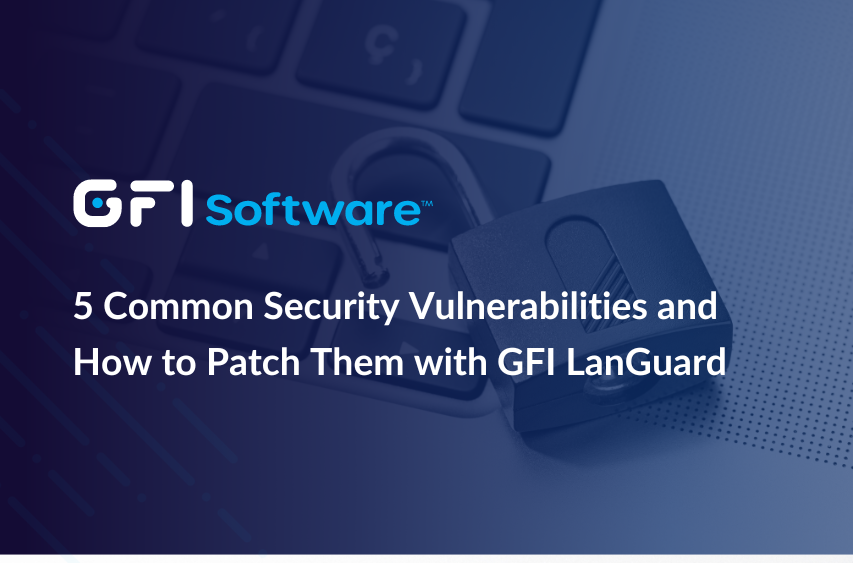
Jun 28, 2024
5 Common Security Vulnerabilities and How to Patch Them with GFI LanGuard
Discover the top 5 security vulnerabilities threatening your network and learn how GFI LanGuard's cutting-edge features, including AI-powered insights, can help you patch them effectively. This must-read guide offers practical solutions for IT pros and business owners alike, ensuring your network stays secure against current and emerging threats.
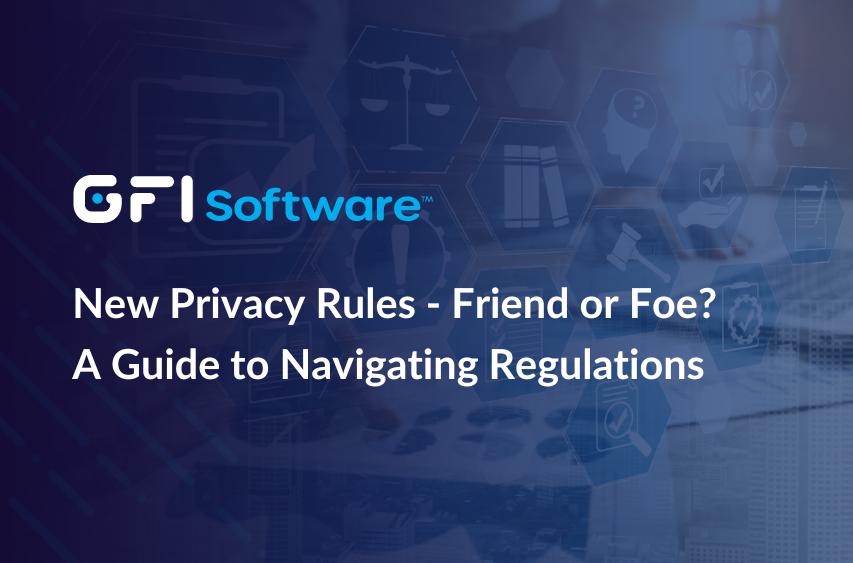
Apr 4, 2024
New Privacy Rules - Friend or Foe? A Business Guide to Navigating Regulations
Privacy laws are evolving; businesses must adjust. Learn key rules and how GFI ensures email/network security compliance.
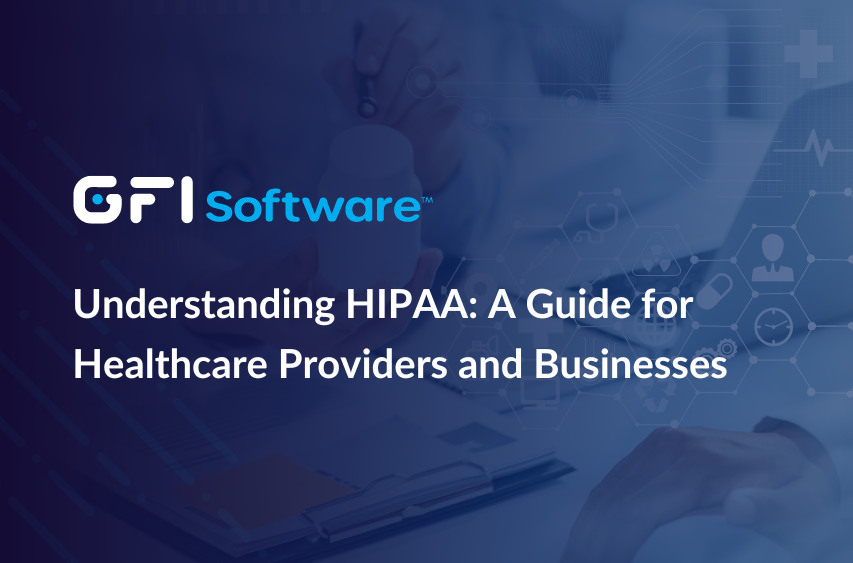
Mar 5, 2024
Understanding HIPAA: A Guide for Healthcare Providers and Businesses
If you're a healthcare provider or business handling protected health information, understanding HIPAA is crucial. This guide demystifies HIPAA's requirements for safeguarding patient data and outlines best practices for compliance. We'll delve into risk assessments, employee training, breach prevention, and how GFI Software can help you avoid potential penalties and protect your practice.

Dec 22, 2023
ISO 27001: Why it's more relevant now than ever
Discover the importance of ISO 27001 in addressing today's cybersecurity challenges and the role of GFI Software's solutions in achieving compliance. Our latest post provides a comprehensive overview of ISO 27001's relevance, its alignment with emerging technologies, and essential steps for effective implementation.
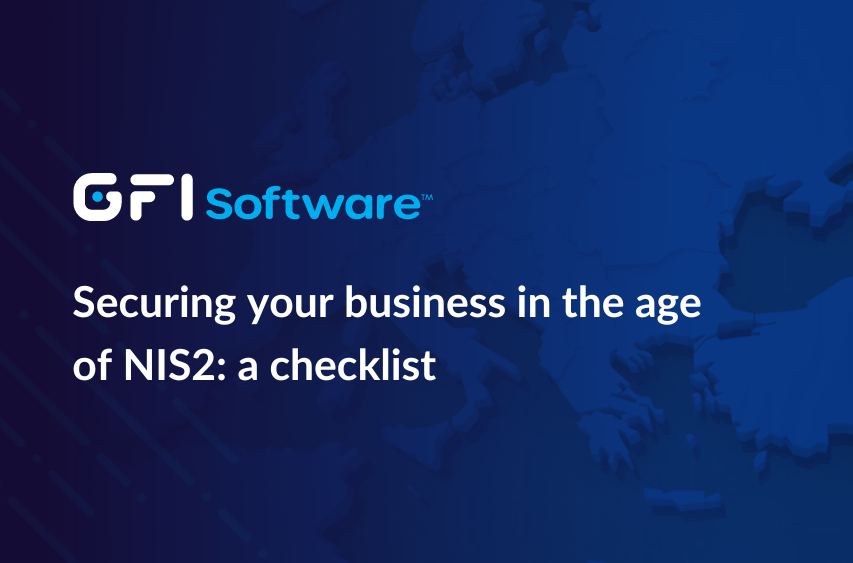
Dec 11, 2023
Securing your business in the age of NIS2: a checklist
NIS2 accentuates the importance of cybersecurity for essential and digital service providers within the EU. To meet the security standards, understanding and conforming to its guidelines is fundamental. This checklist guides you through this updated regulatory terrain and showcases how tools like GFI LanGuard can be instrumental in this journey.